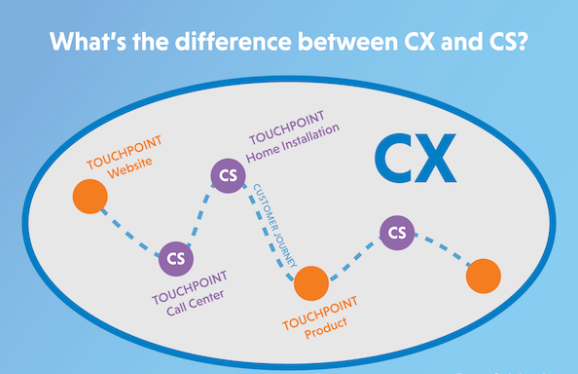The CX space has seen significant movement over the last few years – between multibillion-dollar acquisitions, advancement in AI, and continuously evolving core software, the industry is experiencing a renaissance.
Yet despite these technological advancements, it appears that many of those charged with leading these initiatives are too focused on polished, buzzword–laden tools, and are in turn losing focus of why these programs exist in the first place – to enhance the customer experience.
What do customers really want?
Customers want their interactions with your company to be as easy and friction less as possible.
They want to talk to empowered brand representatives who have the answers they’re looking for and the ability to solve problems quickly and efficiently the first time they call. They want your physical space to be welcoming with employees that are easy to find and identify.
Above all, customers want to feel empathy towards their buying experience. Using chat bots and employing staff without the authority or knowledge to solve problems, while scalable, is also the quickest away to erode customer loyalty.
Why are we measuring engagement but not resolution?
Almost every business has some sort of customer experience management (CEM) program. The majority are measuring transactions by using metrics like Net Promoter Score (NPS) or CSAT.
However, these data points don’t always expose easy-to-action insights. If you want to marry CX feedback data with actionable insights, you’ll need to measure:
- What are you customers asking and how frequently?
- Are your customers getting the answers they need?
- When are your customers escalating issues or moving to another channel?
- Are your employees empathetic to customer challenges?
Uncovering the answers to these questions will lead your organization to improvement areas where specific and measurable actions can be taken.






